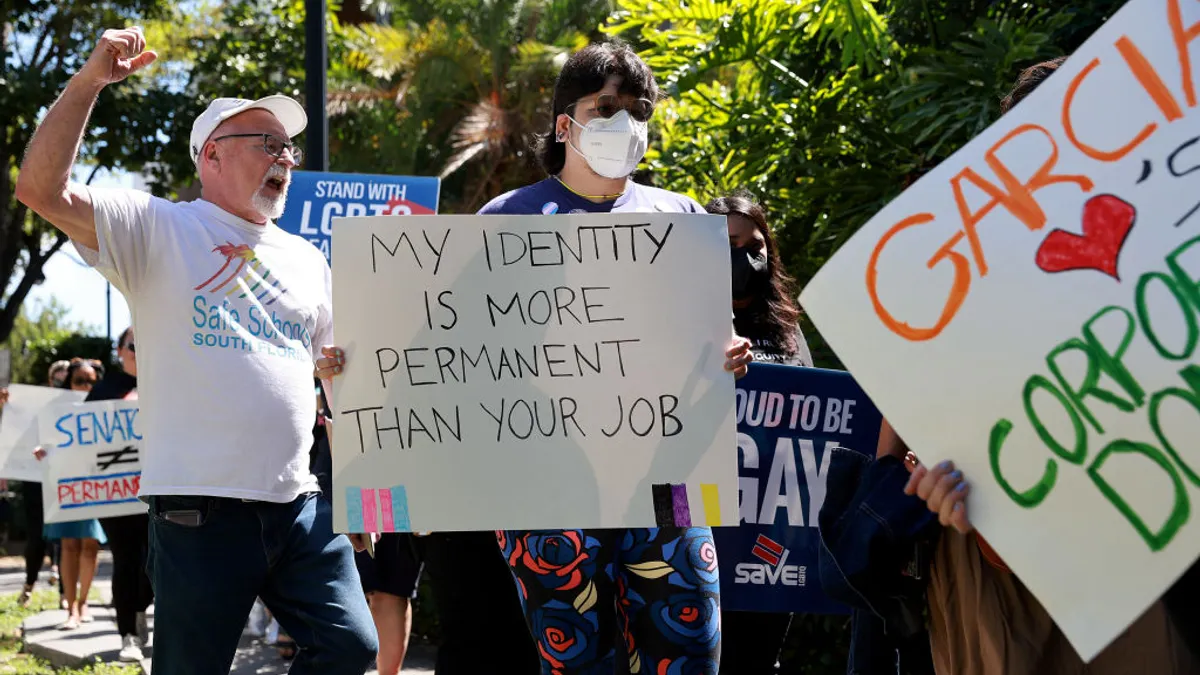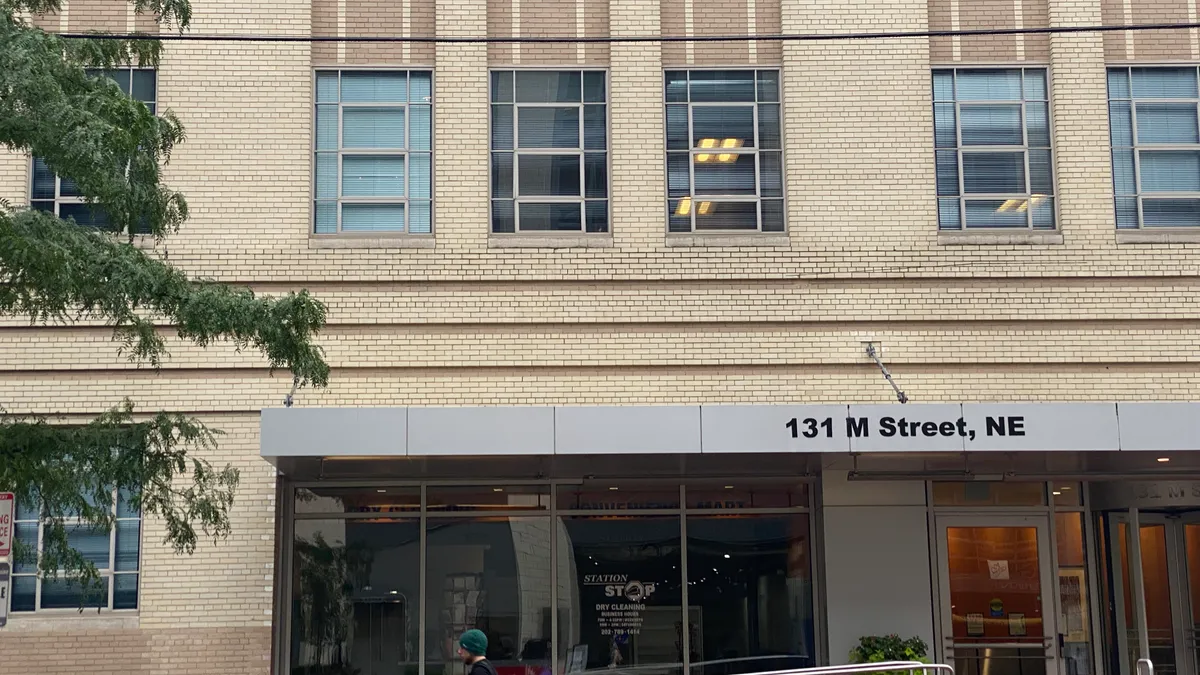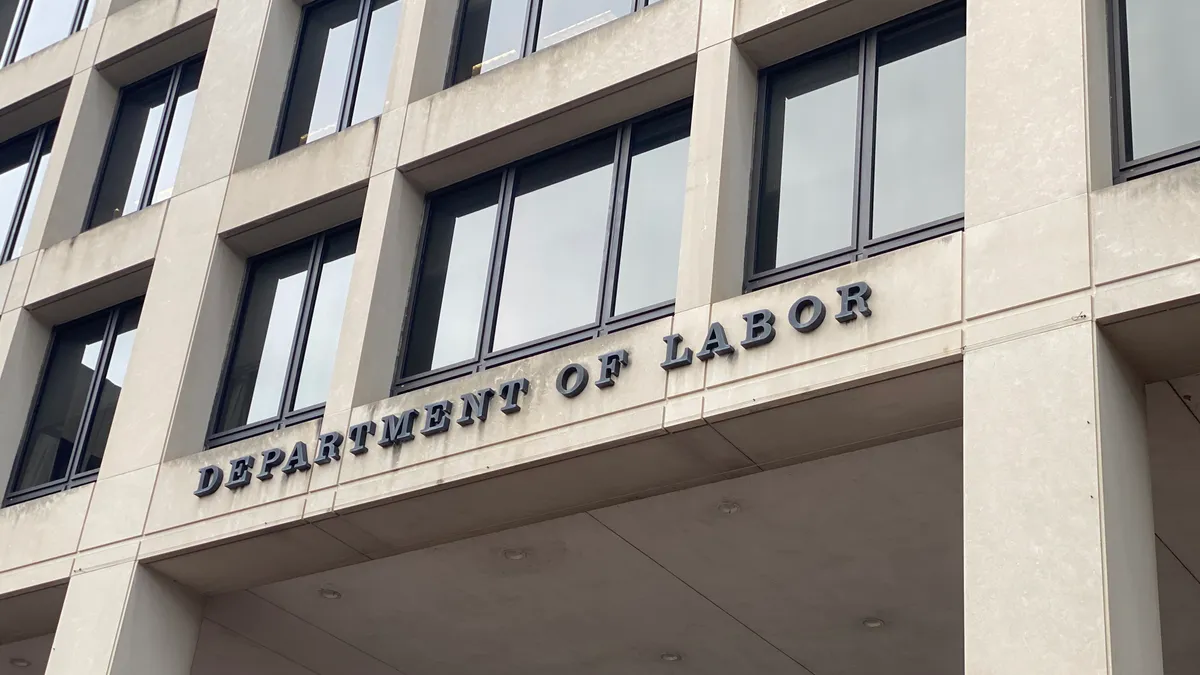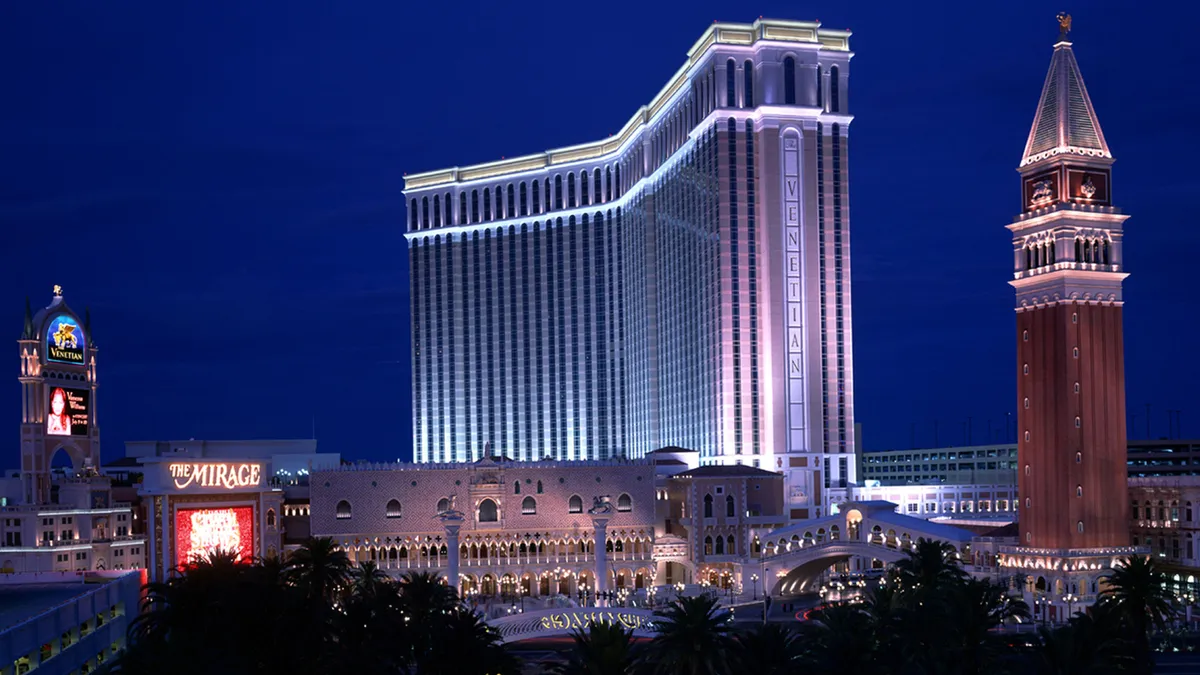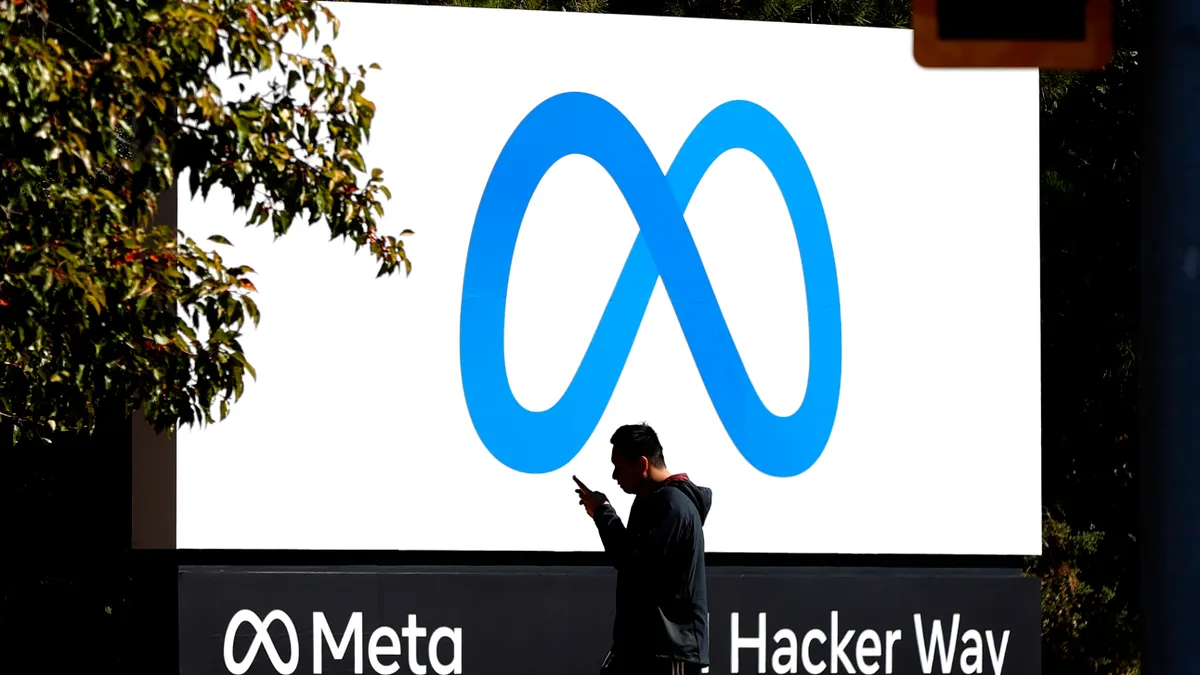College basketball provided its annual dose of chaos during this year’s March Madness, but last month also saw the sport make a giant splash in the world of labor and employment — courtesy of a team that did not qualify for a single postseason tournament.
The team in question is Dartmouth College’s men’s basketball team, which voted 13 to 2 on March 5 to form what may become the NCAA’s first-ever athlete labor union. The election occurred less than a month after a regional director for the National Labor Relations Board held that the Dartmouth players are employees of the university and could conduct a representation election.
Hours after the union vote, Dartmouth took down rival Harvard during the team’s final game of the season. Yet the end of one chapter now gives way to a more uncertain saga both for the players and the university they represent, according to two sources who spoke to HR Dive.
The election result may not be the last word on the subject, said Tyler Sims, shareholder at employer-side firm Littler Mendelson. Dartmouth trustees filed a request for review of the regional director’s decision and direction of election on the same day as the election, which tees up a potential review by the Board. At press time, NLRB had not issued a decision on the matter.
Unanswered wage-and-hour questions
The potential wage-and-hour implications of the case are vast. For starters, it is unclear whether the players, if they are considered employees of Dartmouth for the purposes of the National Labor Relations Act, are similarly employees under the Fair Labor Standards Act, Sims said.
“That’s an unanswered question right now, but to me, if the NLRB is taking the position that they are [employees] and using the common-law employee test to state that they’re employees, I don’t see why the [U.S. Department of Labor] wouldn’t feel the same way for the FLSA,” Sims continued. “There should be no distinction there unless they’re making a carve out.”
Regardless of the statutes under which the players fall, the question of compensation may prove complicated. The NLRB regional director who issued the Dartmouth decision held that the players performed work that benefits Dartmouth in exchange for benefits such as equipment, apparel and tickets to games.
But any number of additional benefits could be on the table in the event that the players collectively bargain with the university, said Mark Conrad, professor of law and ethics at Fordham University’s Gabelli School of Business. These could include pay — for example, minimum wages and overtime pay — as well as health insurance, retirement benefits, workers’ compensation or a percentage of revenues.
Two points separate Dartmouth’s players from their counterparts at other schools. For one, Dartmouth plays in the Ivy League, a conference composed entirely of private universities. Public universities, on the other hand, are not subject to the NLRA. Second, Dartmouth’s players do not earn athletic scholarships, which are prohibited by the Ivy League.
All college sports involve extensive practice time and training, though, which could be categorized as hours worked, said Sims, a former NCAA Division I ice hockey goaltender. That potentially encompasses on-the-court practices in addition to film study and individual workouts. Time spent on these activities are often not the same for all athletes, he explained.
“When you’re a student athlete, some guys are starters, some guys don’t play a lot, some not at all,” Sims said. “What about those who don’t play a lot and so they want to get extra work in? Would the school allow them to put in the extra work? Theoretically, that could result in more compensation being owed to them.”
That is without considering the time athletes spend commuting to practices or traveling to games, or any lodging required for either activity. Academic hours also may or may not overlap with time spent for athletic purposes, Sims said, as athletes commonly must maintain a certain level of academic performance in order to remain eligible for sports participation.
“Those are all things that the university and their HR department would need to figure out,” Sims said.
What happens when NCAA athletes strike?
The question of leverage in the event of a labor strike is an interesting one, given that the right to strike is “the biggest bargaining chip that a union has,” Conrad said.
If the two sides are unable to come to an agreement and a strike is initiated, a university might react to a player strike by bringing in replacement players in the same way some professional sports leagues have done previously, he added. At the same time, the nature of college sports fandom could make this a difficult choice for universities.
“College sports tends to be a reputational winner for many schools,” Conrad said. “There’s an indirect fallout there, but we really don’t know how [fans and alumni will] react to this.”
Sims noted that some unions have certain rules and bylaws governing how members can strike, and this is something a potential Dartmouth union would need to decide. Some require that a certain percentage of members vote to strike, while some require a majority.
For those hypothetical players who decide not to strike, Sims said it’s uncertain how that decision might affect their athletic careers. NCAA athletes are usually permitted to transfer to other schools within certain parameters but not during the middle of an ongoing season, when the timing of a strike might fall. That sets aside the effects of a strike on other teams in the sport.
“To me, they wouldn’t be participating in any practices or games,” Sims said. “Would they forfeit those games? What about the postseason? A couple of wins or losses could sway the season in the wrong direction.”
The message for employers
The Dartmouth saga represents, in part, just one of the various storylines that have emerged following a 2021 U.S. Supreme Court ruling that invalidated NCAA restrictions on the kinds of education-related benefits universities could offer to athletes. Days after that ruling, the NCAA began the process of allowing athletes to profit from their name, image and likeness.
Each of these developments has chipped away at the long-running premise that student athletes are amateurs, not workers, who are given educational benefits by the universities they represent, said Conrad.
“It’s going to be an interesting few years,” Conrad added, noting shifts in the college sports landscape that followed the high court decision. “We don’t know where it’s going to end up.”
Mary Kay Henry, international president of the Service Employees International Union, which is representing the players, said in a March 5 press release that the amateurism issue is at the forefront of the Dartmouth players’ unionization efforts.
“The Ivy League is where the whole scandalous model of nearly free labor in college sports was born and that is where it is going to die,” Henry said.
But even outside the college sports world, employers may need to take note of what the Dartmouth vote represents in terms of the overall resurgence of labor movements in the U.S., Sims said. HR departments, he continued, could be tasked with becoming more educated on how to deal with unions in the workplace and potential unionization issues.
“The message is it can happen anywhere,” Sims said.
Editor’s note: A previous version of this story gave the incorrect title for Conrad.








